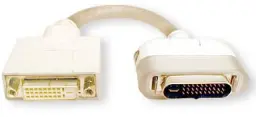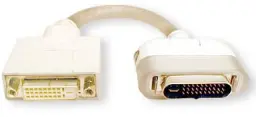Vintage Mac Community Begs Manufacturers for New Supply of Rare Dongle as Resellers Charge $250
Vintage Mac Community Begs Manufacturers for New Supply of Rare Dongle as Resellers Charge $250

www.404media.co
Vintage Mac Community Begs Manufacturers for New Supply of Rare Dongle as Resellers Charge $250


